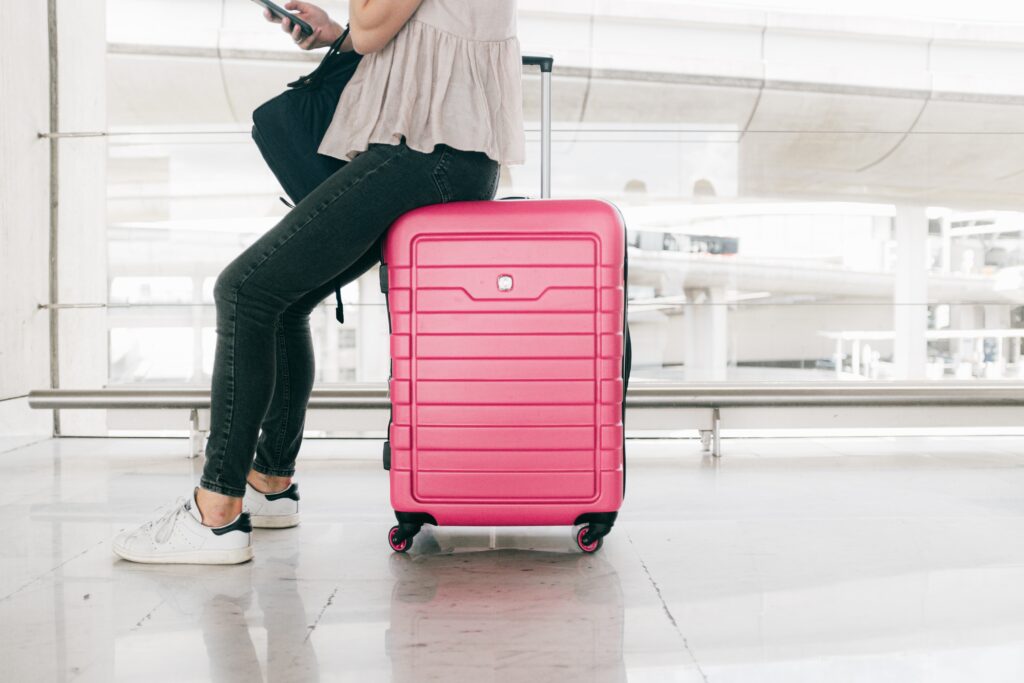
We’re all familiar with the phrase “Jack of all trades, master of none”. So why it is that we don’t apply this same principle to designing apps or websites?
Banks typically have a wide and diverse customer base with very mixed demographics. There can be a perception that they need to be all things to all people. And this is true, up to a point.
When designing an app (or website) we need to think about the users’ goals, their context and their behaviour. Most people who have a current account and are using their bank’s app will have very similar needs i.e. to check their balance or to make a payment. It doesn’t matter if they’re 23 or 53, what they’re trying to do is the same. And let’s be honest we’re not going to design a different app for different age groups.
Whilst the target audience may be broad, the design target is much tighter, and it is this that we need to focus on and design solutions for. We need to focus on the most common use cases to ensure that our customers can complete their goals as quickly and smoothly as possible. We don’t want to be designing for every possible scenario. Whilst we can accommodate the edge cases, they should not be at the forefront, cluttering up an otherwise simple, and smooth experience.
Which brings me on to the ‘Paradox of specificity’. The theory is that by designing for a specific group we can create solutions which ultimately appeal to a much wider audience. Why? Because we can focus on their needs and design a solution that really meets those needs - which is clearly highly desirable.
One of my favourite examples of this is the wheelie suitcase. Originally it was designed for cabin crew making frequent overnight stays. It’s small enough to go in the overhead lockers so saves precious time at the baggage carousel; it’s easy to manoeuvre through the airport, which they go through several times every week; and it’s small enough to fit down the aisle of the plane but large enough to accommodate what they need for an overnight stay. By being specific, a product was designed that perfectly met the needs of this group.
Of course, what happened afterwards? Other travelers at airports saw it and could see the relevance for themselves. Now it’s almost impossible to buy anything but a wheelie suitcase.
But ask yourself this. Would the same product have been designed if the brief was to design a form of luggage that was suitable for all ages, whether travelling by car, coach, train or plain for overnight stays and 2 week holidays? For business trips and holidays? The chances are it wouldn’t. By focusing on a tighter target we’re able to deliver a solution to their needs (the foundation of any desirable product) AND appeal to a much wider audience.
So being specific doesn’t mean limiting your audience. It means designing better products that will ultimately have a wider appeal.

